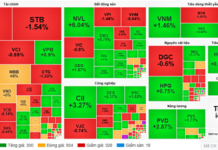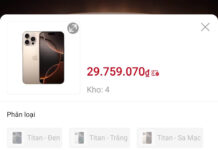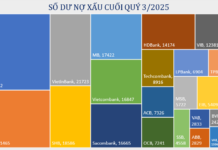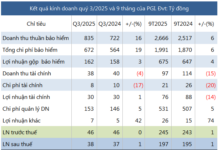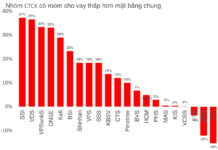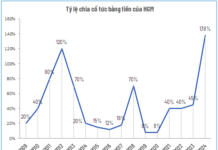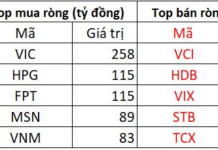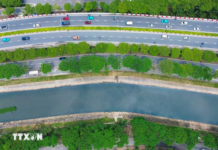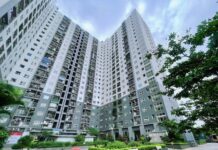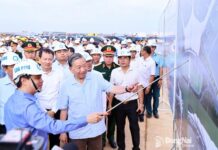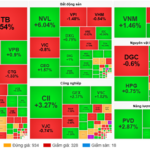As Vietnam’s largest economic and population hub, Ho Chi Minh City (HCMC) is now expanding beyond its traditional boundaries. Its development corridor stretches from Thu Duc to Bien Hoa and Long Thanh in the East, extending to Ba Ria and Ho Tram in the Southeast. This growth is fueled by industrial, logistics, urban, and leisure real estate projects along the Ring Road 3 and the HCMC – Long Thanh – Dau Giay Expressway, ensuring a sustainable housing market.
Infrastructure advancements are further propelling HCMC’s real estate growth. The city’s Department of Construction recently proposed a prioritized list of 10 urban rail projects for the 2025-2030 term, extending to 2035. Notably, Metro Line 1 (connecting New Binh Duong City to Suoi Tien, spanning 29km) and Metro Line 2 (linking Thu Dau Mot to HCMC, nearly 22km) are prioritized for accelerated completion under new policy mechanisms.
Expanding transportation networks—including National Highway 13, Ring Road 3, the Saigon Riverbank Road, and Metro Line 2—will reduce travel times, enhancing connectivity to HCMC’s core. As inter-regional infrastructure improves and the two-tier administrative model post-merger takes shape, the expanded urban area will drive long-term growth, particularly in former Binh Duong regions.
Following Binh Duong’s merger into HCMC, the city’s real estate market has nearly doubled in scale. Its property landscape has diversified, fueled by massive housing demand from workers and professionals—a unique advantage over other regions. This marks a new growth era for the entire market.
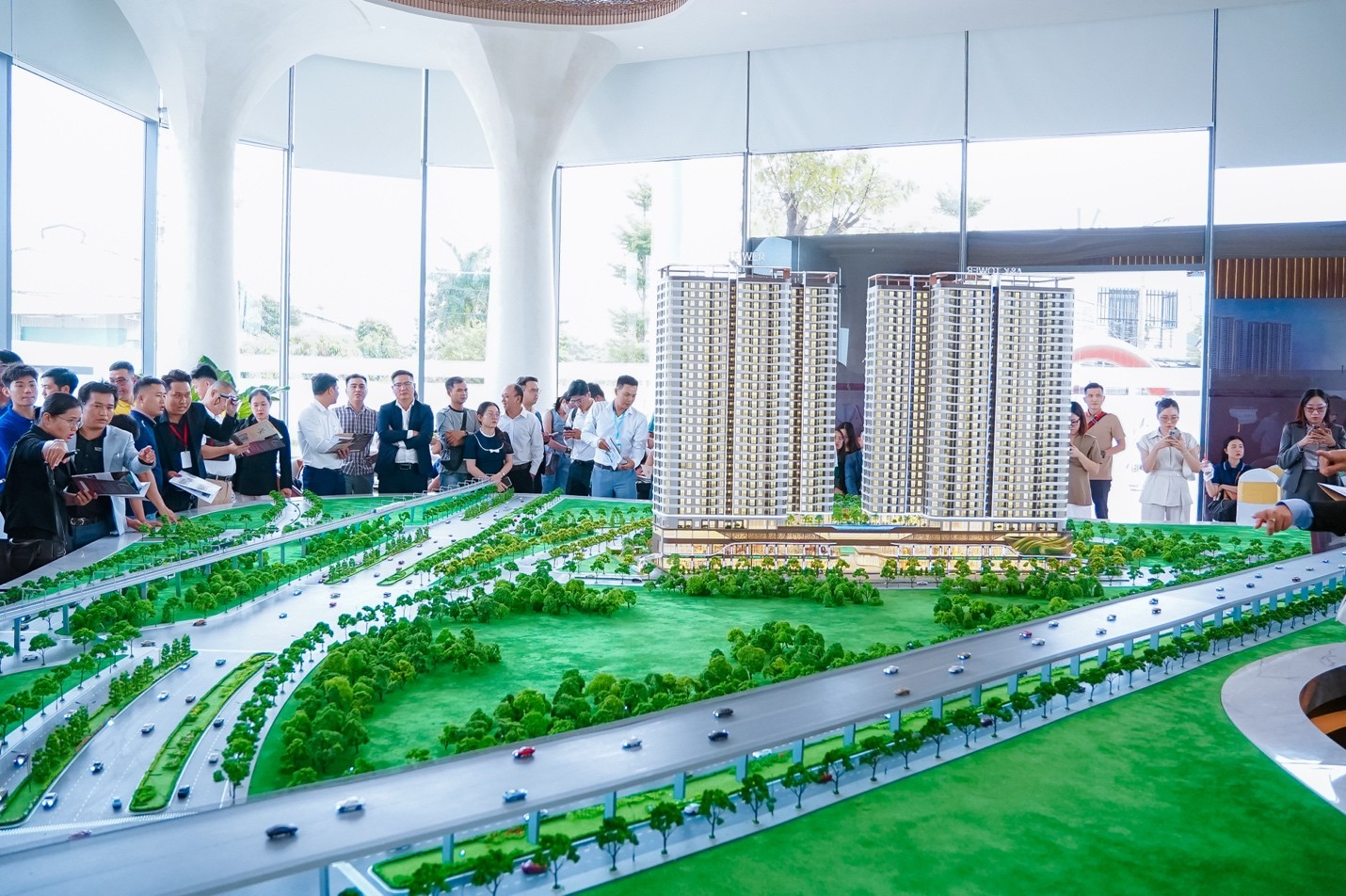
Decentralization trends are driving buyers toward HCMC’s neighboring areas, where prices remain competitive and growth potential is high.
Recently, genuine buying and investment activity in the new HCMC has surged. For instance, OCB Holdings’ A&K Tower, despite its brief market presence, has attracted significant interest. Strategically located near key infrastructure like Ring Road 3, the HCMC – Chon Thanh Expressway, and just 20 minutes from former Thu Duc City, it capitalizes on the shift of residents from HCMC’s core.
According to Tran Van Hieu, CEO of OBC Holdings, the company has secured six land plots over the past five years in areas such as Tan Dong Hiep, An Phu, Thuan Giao, Phu Loi, and Thu Dau Mot. These projects will launch between 2025 and 2030.
Similarly, residential projects like The Gio, Landmark Binh Duong, The Emerald 68, La Pura, TT AVIO, and The Felix are entering the market to capture FDI inflows and the relocation of millions of workers, professionals, and engineers—key drivers of genuine housing demand.
A leading brokerage reports that many buyers from Thu Duc, Binh Thanh, and Go Vap are now seeking properties in An Phu and Di An, with 2-3 billion VND/unit apartments seeing robust transactions. For investors, this price range offers strong future growth potential.
DKRA Consulting’s report highlights that in the first eight months of the year, the Southern region launched over 28,100 new apartments, a 58% increase year-on-year. Former Binh Duong led with 45.5% of the supply (12,800 units), followed by HCMC’s core at 35% (10,000 units).
Beyond supply, the newly merged area also leads in demand absorption. Over 20,000 units were sold market-wide. Former Binh Duong achieved a 73% absorption rate, surpassing the market average (71%) and HCMC’s core (57%).
Batdongsan’s research further reveals surging apartment demand in former Binh Duong, outpacing HCMC’s core. Searches for apartments in merged areas like Di An, Thuan An, and Thu Dau Mot rose 11-15%, compared to 9-10% in HCMC’s core. Average apartment prices in Binh Duong have increased from 44 million VND/m² (2024) to nearly 50 million VND/m².
Real estate demand in Binh Duong is expected to surge as young professionals relocate for investment and living opportunities. Property prices here remain significantly lower than in HCMC’s core and along National Highway 13. HCMC apartments are 2-5 times more expensive than satellite areas, limiting inner-city growth potential. In contrast, suburban properties offer substantial growth, especially post-merger with prioritized infrastructure expansion.
Post-merger, Binh Duong’s extensive housing supply complements HCMC’s market. Supported by robust infrastructure and FDI attraction, this supply meets strong demand driven by over 4,100 active FDI projects employing vast numbers of workers, experts, and high-skilled technicians.
Rapid urbanization and rising incomes are boosting demand for affordable housing. High rental demand in Binh Duong is also attracting investors. Looking ahead, HCMC’s periphery stands to benefit from the merger and ongoing mega-infrastructure projects, offering prime investment opportunities. This presents a unique chance to balance prices between suburban and urban areas, and for homebuyers to own property near HCMC’s center.
Ho Chi Minh City: Industrial Zone Workforce Continues to Grow, No Mass Exodus to Rural Areas
At a press conference addressing socio-economic issues on the afternoon of September 25th, Ms. Nguyễn Võ Minh Thư, Deputy Head of the Ho Chi Minh City Export Processing and Industrial Zones Authority (HEPZA), provided insights into the labor situation within the city’s export processing and industrial zones (EPZs-IZs). This update comes amid concerns that many workers are leaving the city to return to their hometowns for employment opportunities.
“Ho Chi Minh City Chairman: Slow Land Clearance? Ward and Commune Leaders Held Accountable”
Chairman of the Ho Chi Minh City People’s Committee, Nguyen Van Duoc, emphasized that land clearance is a critical step in infrastructure development.

